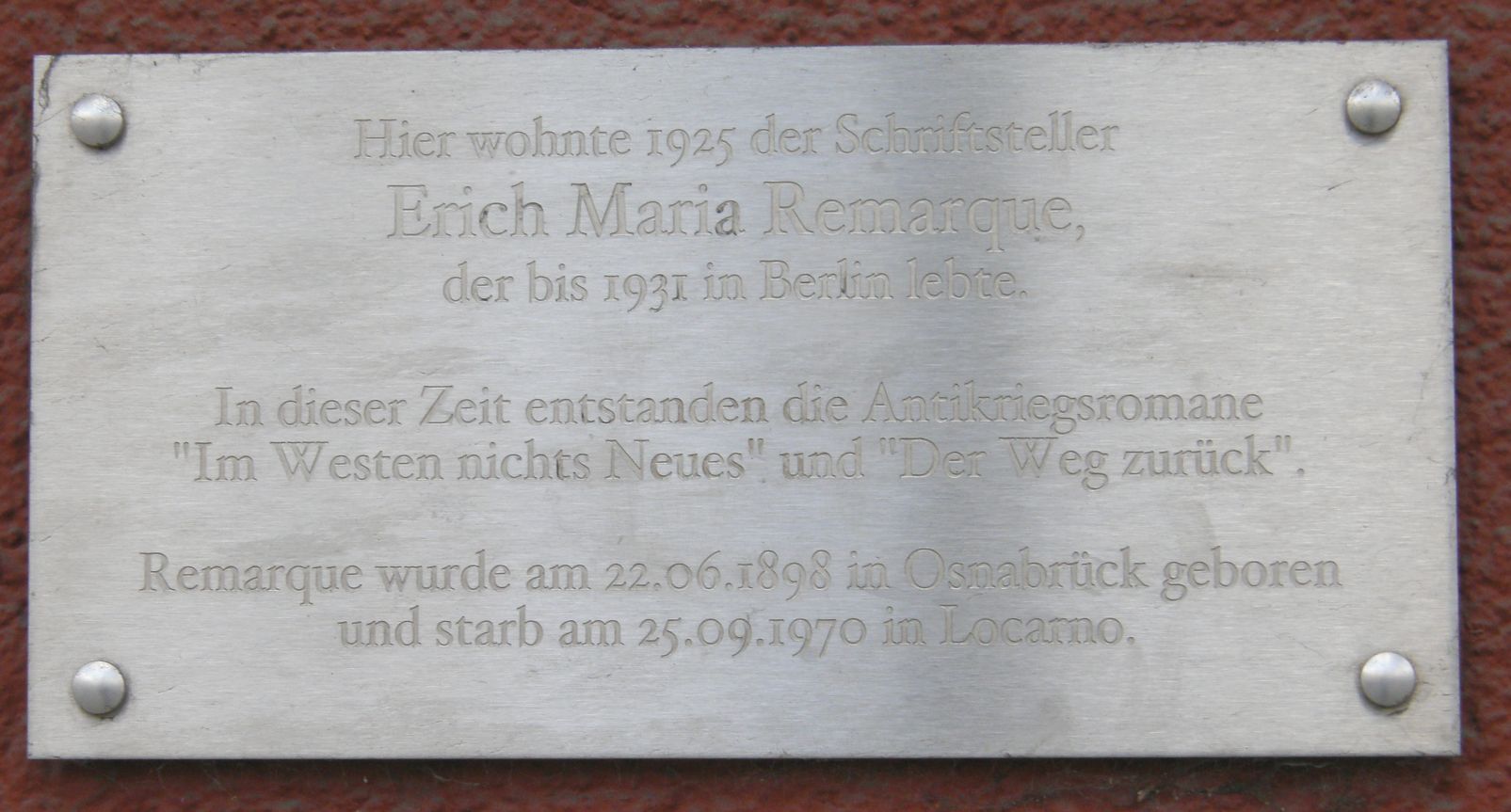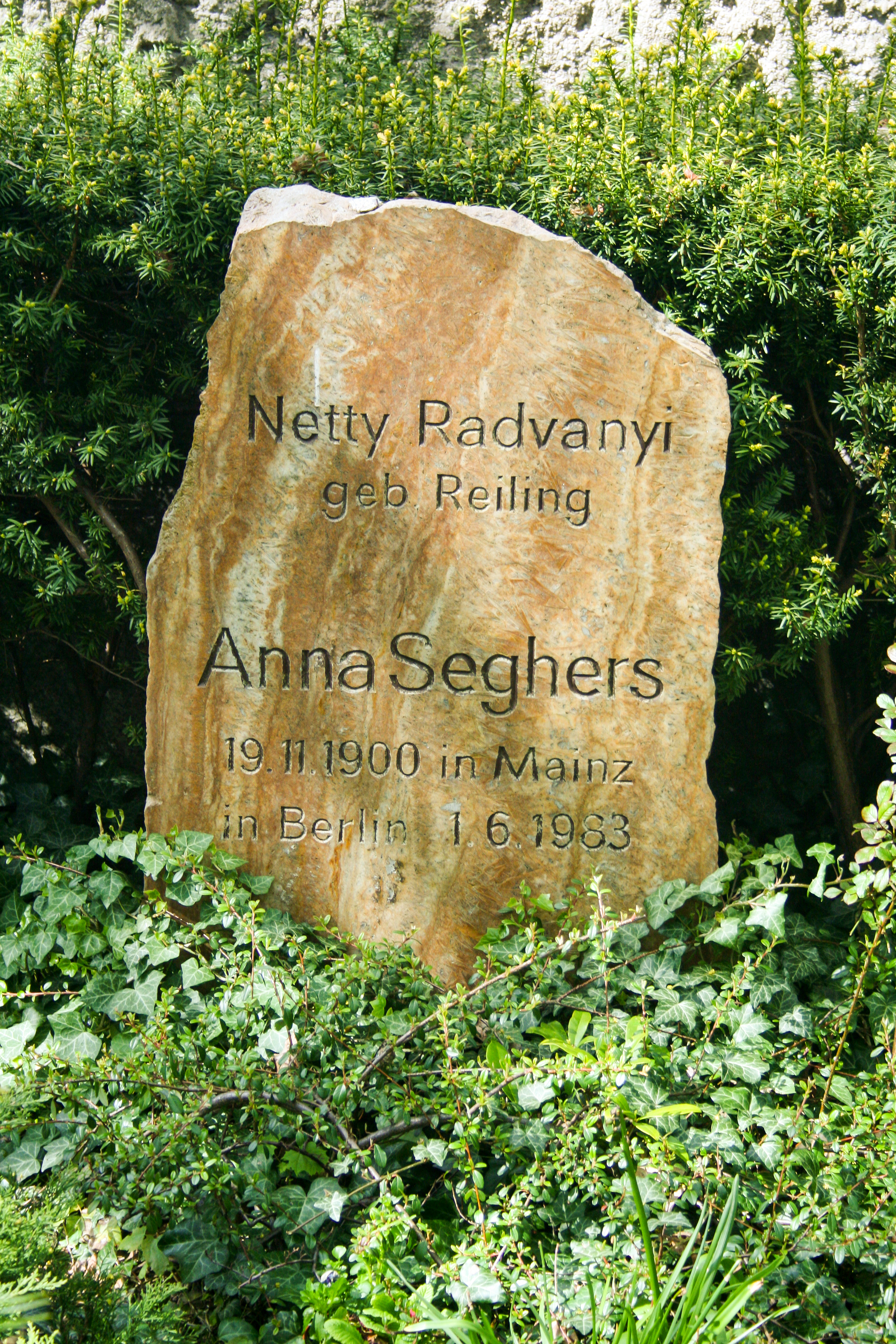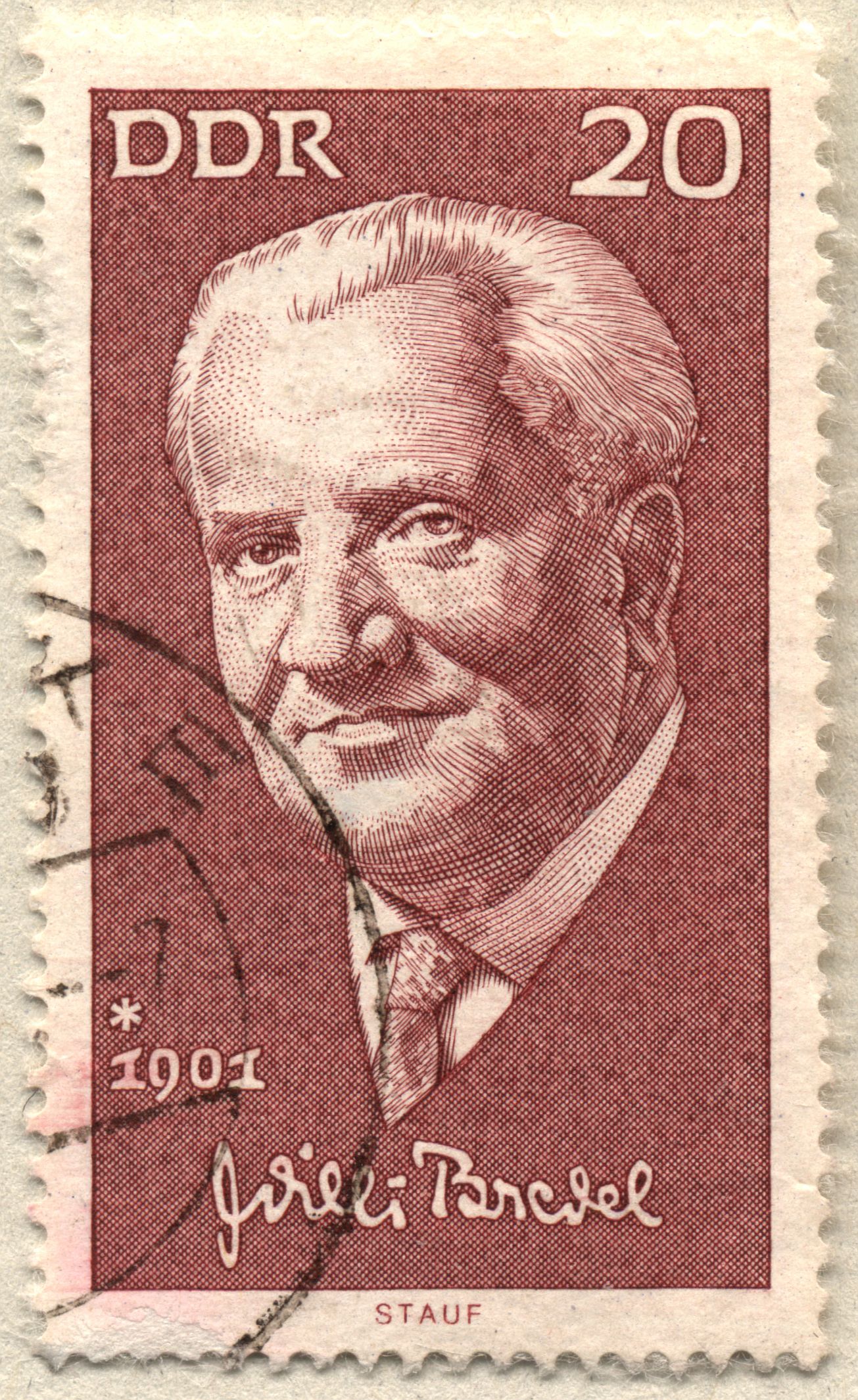|
Spark Of Life (book)
''Spark of Life'' is a concentration camp novel, written by Erich Maria Remarque in the year 1952. Contents The novel has 25 chapters and tells the story of inmates and watchmen of the "Little Camp" of the fictional concentration camp Mellern, a few months before the end of World War II. The Little Camp is a part of the concentration camp, which prisoners who are unable to work are sent to. In the recurring bombardments of the nearby city, a group of inmates of the Little Camp, called veterans for their years of stay, begin to organize themselves as they see signs of possible liberation. This begins with disobeying orders, hiding other prisoners in order to escape the grasp of the guards, obtaining weapons and finally culminates in an armed struggle to liberate the camp. Both the inhumane conditions of the camp, such as humiliations, shootings, unsanitary conditions and hunger, as well as criminals of middle-class background are displayed. An additional element is the conflict wi ... [...More Info...] [...Related Items...] OR: [Wikipedia] [Google] [Baidu] |
Erich Maria Remarque
Erich Maria Remarque (; ; born Erich Paul Remark; 22 June 1898 – 25 September 1970) was a German novelist. His landmark novel '' All Quiet on the Western Front'' (1928), based on his experience in the Imperial German Army during World War I, was an international bestseller which created a new literary genre of veterans writing about conflict. The book was adapted to film several times. Remarque's anti-war themes led to his condemnation by Nazi propaganda minister Joseph Goebbels as "unpatriotic". He was able to use his literary success and fame to relocate to Switzerland as a refugee, and to the United States, where he became a naturalized citizen. Early life Remarque was born on 22 June 1898, as Erich Paul Remark, to Peter Franz Remark and Anna Maria (), a working-class Roman Catholic family in Osnabrück. He was never close with his father, a bookbinder, but he was close with his mother and he began using the middle name Maria after World War I in her honor. Rem ... [...More Info...] [...Related Items...] OR: [Wikipedia] [Google] [Baidu] |
The Seventh Cross
''The Seventh Cross'' () is a novel by Anna Seghers, one of the better-known examples of German literature circa World War II. It was first published in Mexico by ''El Libro Libre'' In 1942. The English translation came out in the United States, in an abridged version, in September of the same year (published by Little, Brown and Company). The first full English translation, by Margot Bettauer Dembo, was published in 2018. Plot summary Seven men imprisoned in the fictitious Westhofen camp (based partly on the real Osthofen concentration camp) have decided to make a collaborative escape attempt. The main character is a Communist, George Heisler; the narrative follows his path across the countryside, taking refuge with those few who are willing to risk a visit from the Gestapo, while the rest of the escapees are gradually overtaken by their hunters. The title of the book comes from a conceit of the prison camp. The current officer in charge has ordered the creation of seven cros ... [...More Info...] [...Related Items...] OR: [Wikipedia] [Google] [Baidu] |
Novels About The Holocaust
A novel is an extended work of narrative fiction usually written in prose and published as a book. The word derives from the for 'new', 'news', or 'short story (of something new)', itself from the , a singular noun use of the neuter plural of ''novellus'', diminutive of ''novus'', meaning 'new'. According to Margaret Doody, the novel has "a continuous and comprehensive history of about two thousand years", with its origins in the Ancient Greek and Roman novel, Medieval Chivalric romance, and the tradition of the Italian Renaissance novella.Margaret Anne Doody''The True Story of the Novel'' New Brunswick, NJ: Rutgers University Press, 1996, rept. 1997, p. 1. Retrieved 25 April 2014. The ancient romance form was revived by Romanticism, in the historical romances of Walter Scott and the Gothic novel. Some novelists, including Nathaniel Hawthorne, Herman Melville, Ann Radcliffe, and John Cowper Powys, preferred the term ''romance''. Such romances should not be confused with th ... [...More Info...] [...Related Items...] OR: [Wikipedia] [Google] [Baidu] |
1952 German Novels
Year 195 ( CXCV) was a common year starting on Wednesday of the Julian calendar. At the time, it was known in Rome as the Year of the Consulship of Scrapula and Clemens (or, less frequently, year 948 ''Ab urbe condita''). The denomination 195 for this year has been used since the early medieval period, when the Anno Domini calendar era became the prevalent method in Europe for naming years. Events By place Roman Empire * Emperor Septimius Severus has the Roman Senate deify the previous emperor Commodus, in an attempt to gain favor with the family of Marcus Aurelius. * King Vologases V and other eastern princes support the claims of Pescennius Niger. The Roman province of Mesopotamia rises in revolt with Parthian support. Severus marches to Mesopotamia to battle the Parthians. * The Roman province of Syria is divided and the role of Antioch is diminished. The Romans annex the Syrian cities of Edessa and Nisibis. Severus re-establishes his headquarters and the colonies the ... [...More Info...] [...Related Items...] OR: [Wikipedia] [Google] [Baidu] |
Novels By Erich Maria Remarque
A novel is an extended work of narrative fiction usually written in prose and published as a book. The word derives from the for 'new', 'news', or 'short story (of something new)', itself from the , a singular noun use of the neuter plural of ''novellus'', diminutive of ''novus'', meaning 'new'. According to Margaret Doody, the novel has "a continuous and comprehensive history of about two thousand years", with its origins in the Ancient Greek and Roman novel, Medieval Chivalric romance, and the tradition of the Italian Renaissance novella.Margaret Anne Doody''The True Story of the Novel'' New Brunswick, NJ: Rutgers University Press, 1996, rept. 1997, p. 1. Retrieved 25 April 2014. The ancient romance form was revived by Romanticism, in the historical romances of Walter Scott and the Gothic novel. Some novelists, including Nathaniel Hawthorne, Herman Melville, Ann Radcliffe, and John Cowper Powys, preferred the term ''romance''. Such romances should not be confused with th ... [...More Info...] [...Related Items...] OR: [Wikipedia] [Google] [Baidu] |
Nazi Concentration Camp
From 1933 to 1945, Nazi Germany operated more than a thousand concentration camps (), including subcamp (SS), subcamps on its own territory and in parts of German-occupied Europe. The first camps were established in March 1933 immediately after Adolf Hitler became Chancellor of Germany. Following the Night of Long Knives, 1934 purge of the Sturmabteilung, SA, the concentration camps were run exclusively by the Schutzstaffel, SS via the Concentration Camps Inspectorate and later the SS Main Economic and Administrative Office. Initially, most prisoners were members of the Communist Party of Germany, but as time went on different groups were arrested, including "habitual criminals", "Black triangle (badge), asocials", and Jews. After the beginning of World War II, people from German-occupied Europe were imprisoned in the concentration camps. About 1.65 million people were registered prisoners in the camps, of whom about Holocaust victims, a million died during their imprisonment. ... [...More Info...] [...Related Items...] OR: [Wikipedia] [Google] [Baidu] |
Denazification
Denazification () was an Allied initiative to rid German and Austrian society, culture, press, economy, judiciary, and politics of the Nazi ideology following the Second World War. It was carried out by removing those who had been Nazi Party or SS members from positions of power and influence, by disbanding or rendering impotent the organizations associated with Nazism, and by trying prominent Nazis for war crimes in the Nuremberg trials of 1946. The program of denazification was launched after the end of the war and was solidified by the Potsdam Agreement in August 1945. The term ''denazification'' was first coined in 1943 by the Pentagon, intended to be applied in a narrow sense with reference to the post-war German legal system. However, it later took on a broader meaning. In late 1945 and early 1946, the emergence of the Cold War and the economic importance of Germany caused the United States in particular to lose interest in the program, somewhat mirroring the Rever ... [...More Info...] [...Related Items...] OR: [Wikipedia] [Google] [Baidu] |
Eugen Kogon
Eugen Kogon (2 February 1903 – 24 December 1987) was a German historian and Nazi concentration camp survivor. A well-known Christian opponent of the Nazi Party, Kogon was arrested more than once and spent six years at Buchenwald concentration camp. Known in Germany as a journalist, sociologist, political scientist, author, and politician, he went on to be considered one of the "intellectual fathers" of both West Germany and European integration. His 1946 book ' still stands as a basic reference on Nazi crimes (translated 1950). Early years Eugen Kogon was born in Munich, the son of an unmarried Russian-Jewish mother from Mykolaiv (a city then part of the Russian Empire, now in Ukraine). When he was 2 years old, she died and he was given foster parents and later attended a Catholic boarding school. He spent the larger portion of his youth in Catholic monastery, monasteries. After studying economics and sociology at the universities in Munich, Florence, and Vienna, Kogon recei ... [...More Info...] [...Related Items...] OR: [Wikipedia] [Google] [Baidu] |
Anna Seghers
Anna Seghers (; born ''Anna Reiling,'' 19 November 1900 – 1 June 1983), is the pseudonym of German writer Anna Reiling, who was notable for exploring and depicting the moral experience of the Second World War. Born into a Jewish family and married to a Hungarian Communist, Seghers escaped Nazi-controlled territory through wartime France. She was granted a visa and gained ship's passage to Mexico, where she lived in Mexico City (1941–47). She returned to Europe after the war, living in West Berlin (1947–50), which was occupied by Allied forces. She eventually settled in the German Democratic Republic (GDR), where she worked on cultural and peace issues. She received numerous awards and was nominated for the Nobel Prize in Literature in 1959, 1967, 1968, 1969 and 1972. She is believed to have based her pseudonym, Anna Seghers, on the surname of the Dutch painter and printmaker Hercules Pieterszoon Seghers or Segers (c. 1589 – c. 1638). Life Seghers was born Anna Re ... [...More Info...] [...Related Items...] OR: [Wikipedia] [Google] [Baidu] |
Willi Bredel
Willi Bredel (2 May 1901 – 27 October 1964) was a German writer and president of the East Germany, East German Academy of Arts, Berlin. Born in Hamburg, he was a pioneer of socialist realist literature. Life and career Born into the family of a cigar maker, after graduating from primary school he became a metal worker. From 1916 to 1917 he was a member of the , from 1917 to 1920 of the Spartacus League, Spartakusbund and from 1919 of the Communist Party of Germany. In 1923 he took part in the Hamburg Uprising and was sentenced to two years in prison. After his amnesty in 1925, he worked as a lathe operator in the Kampnagel factory while being the editor of various communist news outlets. Due to "Preparing literary treason and high treason", he was in 1930 sentence to two years imprisonment. He wrote his first novels while in custody. Soon after the Machtergreifung, Nazis seized power in 1933, Bredel was imprisoned at Fuhlsbüttel concentration camp. He was released in ... [...More Info...] [...Related Items...] OR: [Wikipedia] [Google] [Baidu] |
Germany
Germany, officially the Federal Republic of Germany, is a country in Central Europe. It lies between the Baltic Sea and the North Sea to the north and the Alps to the south. Its sixteen States of Germany, constituent states have a total population of over 84 million in an area of , making it the most populous member state of the European Union. It borders Denmark to the north, Poland and the Czech Republic to the east, Austria and Switzerland to the south, and France, Luxembourg, Belgium, and the Netherlands to the west. The Capital of Germany, nation's capital and List of cities in Germany by population, most populous city is Berlin and its main financial centre is Frankfurt; the largest urban area is the Ruhr. Settlement in the territory of modern Germany began in the Lower Paleolithic, with various tribes inhabiting it from the Neolithic onward, chiefly the Celts. Various Germanic peoples, Germanic tribes have inhabited the northern parts of modern Germany since classical ... [...More Info...] [...Related Items...] OR: [Wikipedia] [Google] [Baidu] |
Toto Koopman
Catharina "Toto" Koopman (28 October 1908 – 27 August 1991) was a Dutch-Javanese model who worked in Paris prior to World War II. During that war she served as a spy for the Italian Resistance and was captured and held prisoner in the Ravensbrück concentration camp. She later helped establish the Hanover Gallery as one of the most influential art galleries in Europe in the 1950s.Victor LaurentiusKoopman, Catharina in: ''Digitaal Vrouwenlexicon van Nederland'', 27 November 2017 (In Dutch) Early life and career Born in Java in 1908, Koopman was the daughter of the Dutch cavalry officer Jan George Koopman and Catharina Johanna Westrik, of Dutch and Javanese descent. She was named Catharina, but came to prefer Toto, her childhood nickname after her father's favourite horse. Her only sibling, Henry, nicknamed Ody Koopman (1902–1949), became a successful tennis player. Koopman left Java in 1920 to attend a boarding school in the Netherlands where she developed a talent for l ... [...More Info...] [...Related Items...] OR: [Wikipedia] [Google] [Baidu] |







